How do Billion Dollar Apps go Viral? – Hint it’s not a fluke…
I hear it time and again at conferences and meetups. Why do only some apps/games go viral? Well sorry to break it to you, creating billion dollar apps isn’t that big of a fluke, there’s a consumer behavior strategy behind this virality. Teams are using systems to automate the onboarding process and game mechanics to build habits with their users.
Many teams can – Focus on a brilliant business idea. Build a great team. Pour your heart and soul into designing a beautiful app. Promote it through social channels. Ensure it has product-market fit. Reiterate workflows. Provide unparalleled support.
And not go viral…
There’s a reason why billion dollar apps are so rare. It’s because everyone understands how to make an app that’s predictable and easy-to-use, but not everyone knows how to make an app that’s addictive and hard to put down. Or as Peter Theil puts it, it’s the difference between going from ‘zero to one’ and ‘one to hundred’.
In this article, I’ll explain the strategies used by some of the most popular billion dollar apps for exponential organic growth.
From using social proof to multiply referrals to simplifying the onboarding process to reduce churn, these gaming apps have successfully used the power of behavioral psychology to influence decisions, establish routines and retain users.
Here are the nine best-kept secrets in the billion dollar mobile gaming industry:
Simplify the onboarding experience
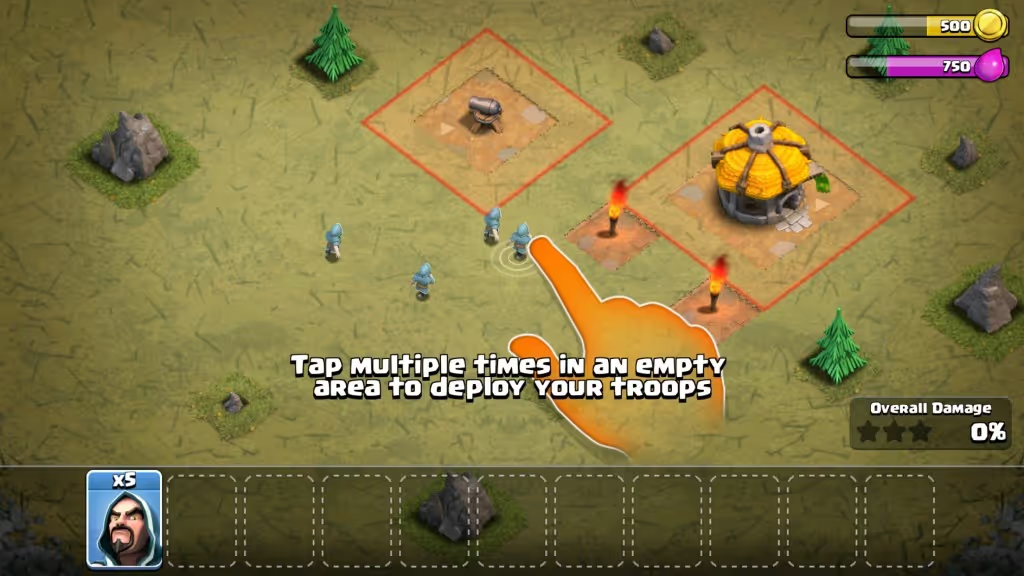
Don’t overwhelm your users with all your features at the same time.
Despite having an intricate gameplay, games like Clash of Clans or Game of War have an extremely well-designed and effective onboarding process that takes all the complexity out of the equation by presenting a ‘baby-step’ approach.
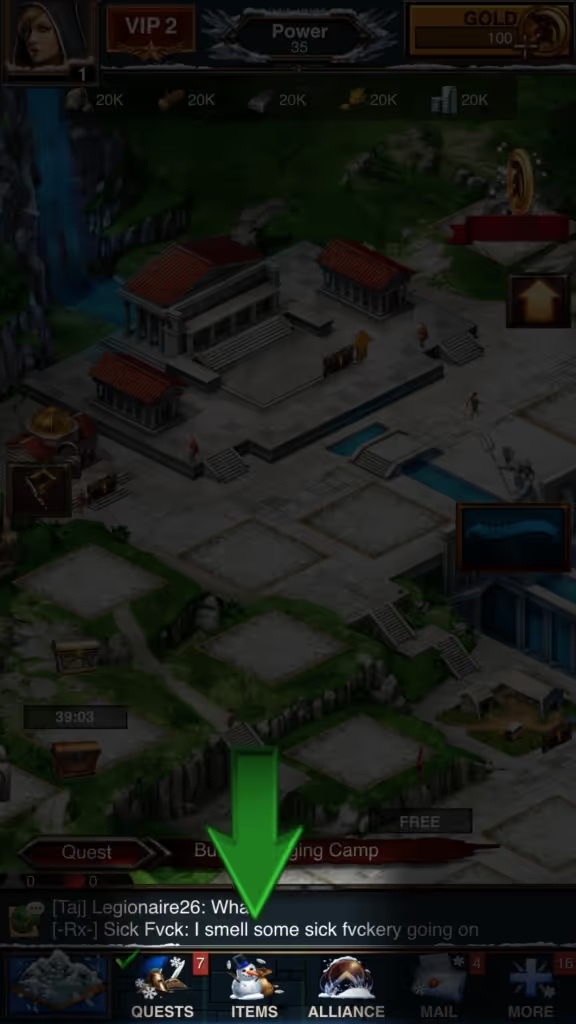
Animated arrows guide you through the next step. Bright rectangular boxes highlight areas that need attention. It’s almost as if the user can stop thinking and just read these visual cues to indulge in the gameplay.
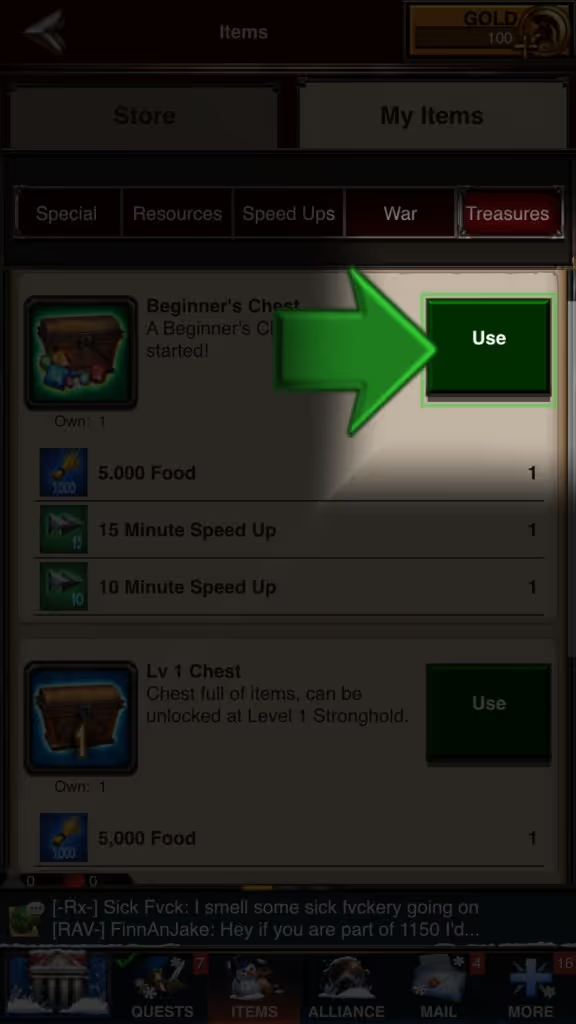
This is crucial, because, when users are trying the app for the first time, they’re highly skeptical. If it takes more than a few minutes to understand what your app really does, they’ll quickly lose interest and move on.
So, it’s always a good idea to simplify your app’s onboarding process and deliver an ‘elevator-pitch’ through clear, crisp and actionable steps. You can even go a step further and have intuitive mechanisms in place to help users out when they’re stuck.
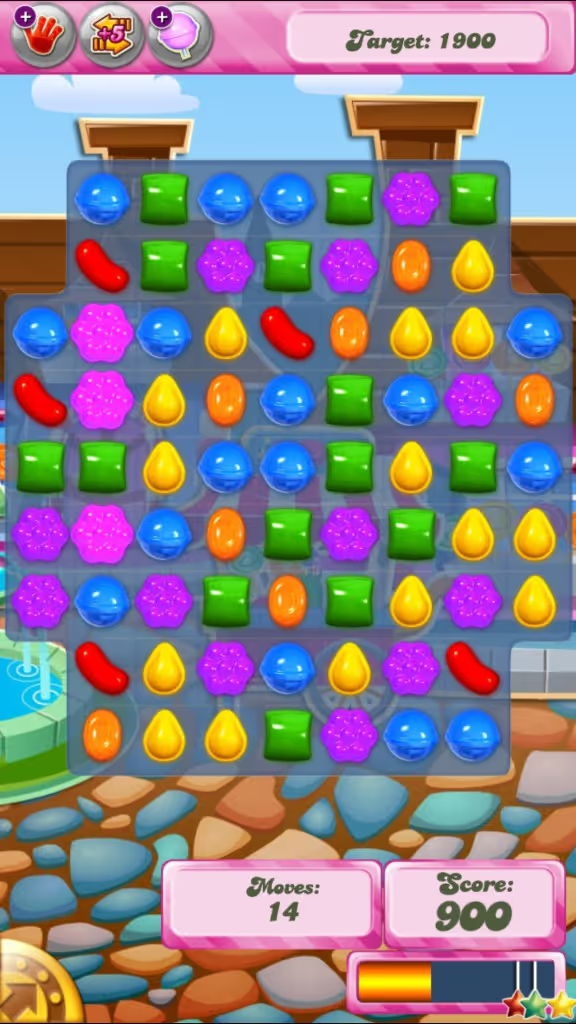
For instance, look how Candy Crush provides visual cues to new users, when there’s no activity from the user for a while. The game stops showing hints once you’ve progressed enough, but it helps you out during the early stages.
Make your Call-to-Action stand out
A call-to-action is the most integral graphic element of your app, because that’s how you motivate a user to complete a desirable action.
One of the reasons why Clash of Clans has been so successful is because of their killer call-to-actions.
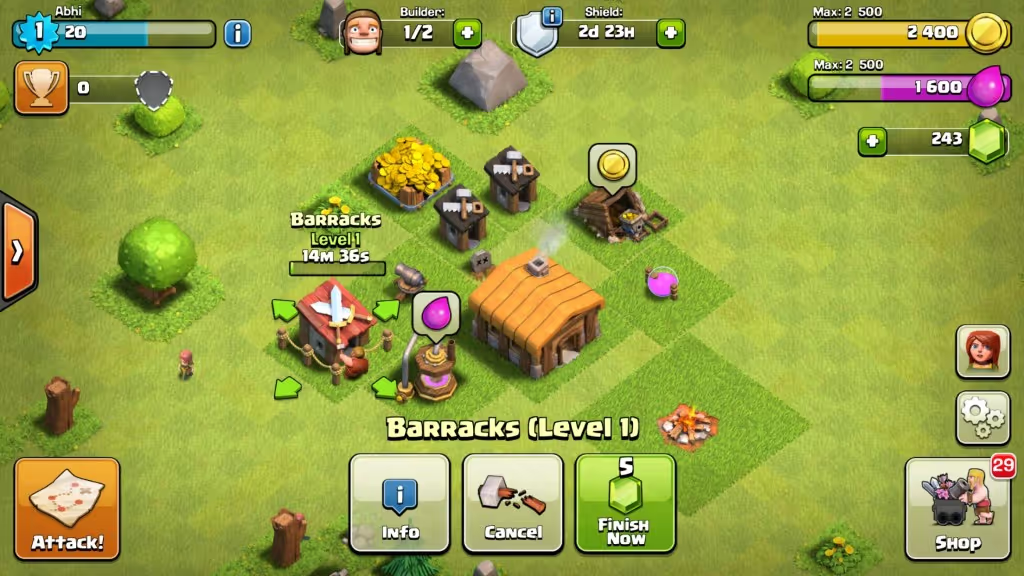
Notice the choice of color, placement and the icons used for the above call-to-actions in the gameplay.
The icons help explain the action, making the button speak for itself. It doesn’t take a genius to understand what the “Attack”, “Info” or “Cancel” button would do. It’s very clear and direct.
Also, look how the colors are used to generate emotions and drive user behaviour. Bright colors like green, violet and gold are used for call-to-actions that are desirable, thereby invoking a positive feeling in the user.
Colors like red and orange are used for actions that should be approached with caution. Neutral colors like grey or black are used to showcase options that are hidden, complicated or locked.
What’s also impressive is the placement of these call-to-actions. They have been strategically placed to maximize conversions and improve the gameplay experience.
The “Attack” button, which is the biggest trigger of the app, is placed on the extreme bottom-left, just next to the left thumb, while “Shop” is placed to the extreme bottom-right, just next to the right thumb.
While attacking clans, claiming rewards or buying items does not require you to move your fingers too much, doing actions like trying to close the menu requires you to stretch your finger to the far-end of the screen.
It’s a brilliant strategy used to encourage desirable user behavior, while making the app more intuitive and predictable to use.
Identify the trigger
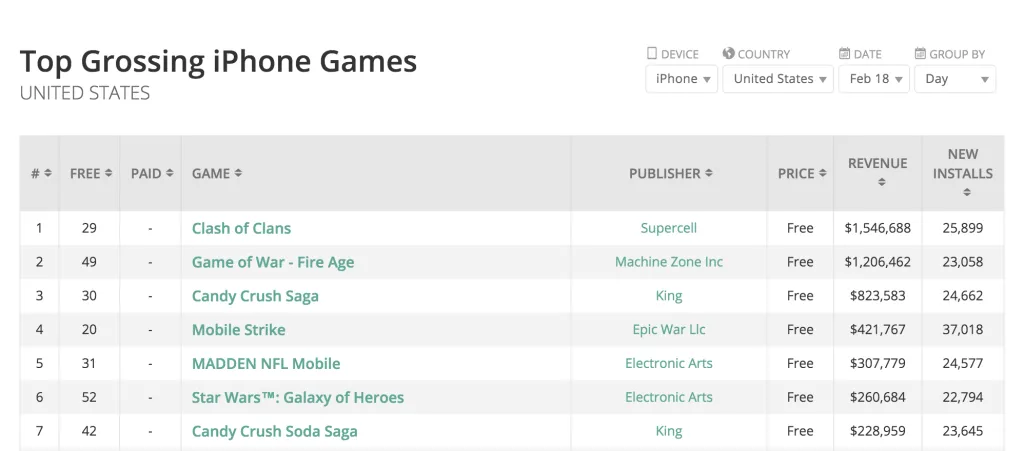
Source: ThinkGaming
If you look at the top grossing apps on App Store/ Google Play Store, you would find that the majority of them are strategy or puzzle games.
Well…how did that happen?
I mean, if you think rationally, there are certainly better games with much more detailed graphics and enticing gameplay than Candy Crush, Game of War or Clash of Clans. If you’ve played games like NFS, Asphalt or Star Wars, you know what I’m talking about.
So, what’s keeping all these racing and shooter games at bay, and why are people suddenly playing puzzle and strategy games?
The answer lies in the behavioral shift of users.
When smartphone was a relatively new concept, people wanted to explore all the cool games with amazing graphics. However, with time, the trends evolved. Now, people play games when they’re commuting to work, waiting for someone at a cafe or during lunch breaks.
People play to kill the limited amount of time they have and that’s where these strategy and puzzle games fit in.
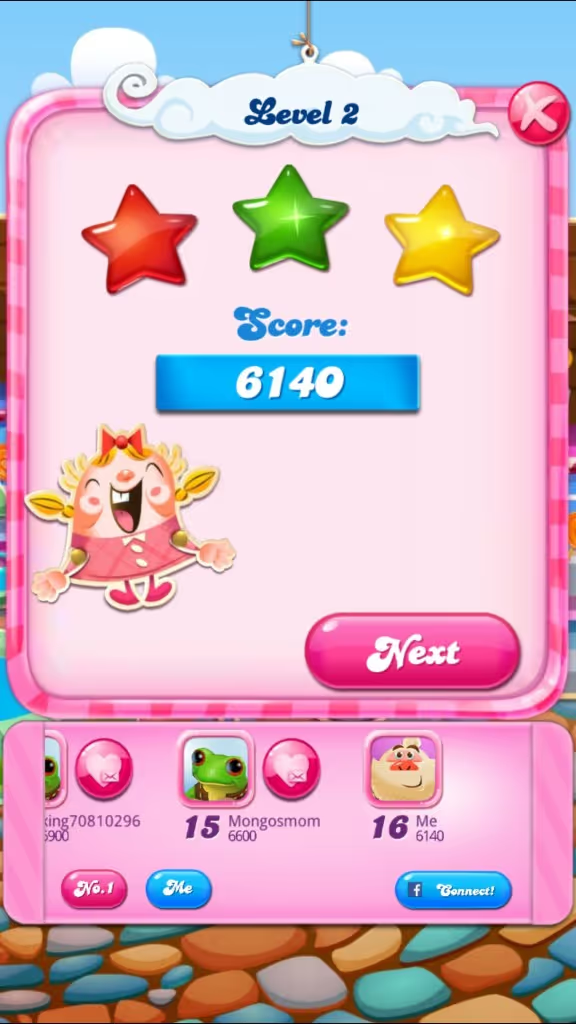
Solving one Candy Crush puzzle takes around thirty seconds to one minute, and it’s unusually relaxing. Similarly, users can return to games like Clash of Clans at regular intervals and play it for just five-ten minutes.
In fact, these apps have been designed to last for shorter durations, and actually encourage users to come back after regular intervals by providing them multiple rewards.
For most people, these games are a real stress-buster or a handy distraction without being too immersive, and that’s the trigger.
Impatience can be a virtue
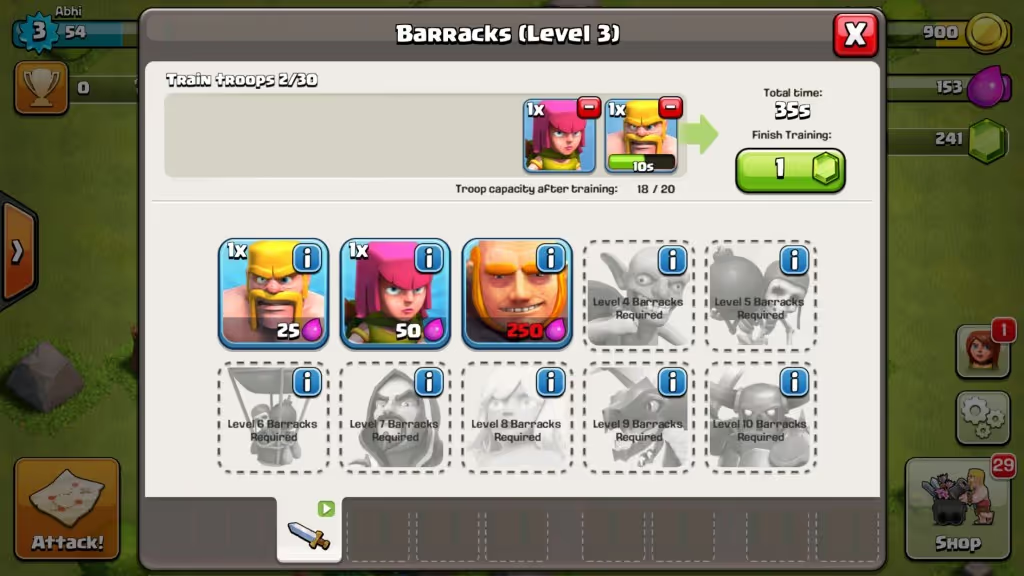
If you’ve played Clash of Clans, you already know that the app makes you wait for a few good minutes to complete tasks like finishing training or upgrading troops. The only way to skip the wait time is to trade extra gems, which can be purchased from the store as in-app purchases.
In a way, these gaming apps are capitalizing on the fact that users don’t like to wait, especially, when they’re hooked. Users feel like they’re getting a good deal, when they can just purchase a bag of gems and skip the waiting time, because like I said, people only have a limited amount of time to kill.
What’s interesting is that the wait time keeps on increasing as you progress through the game, thereby tempting the users to buy the in-app purchases and ditch the waiting time. Besides monetizing, the strategy is also used to ensure that users keep coming back to the app at regular intervals, in case they’re not willing to buy.
Establish a routine
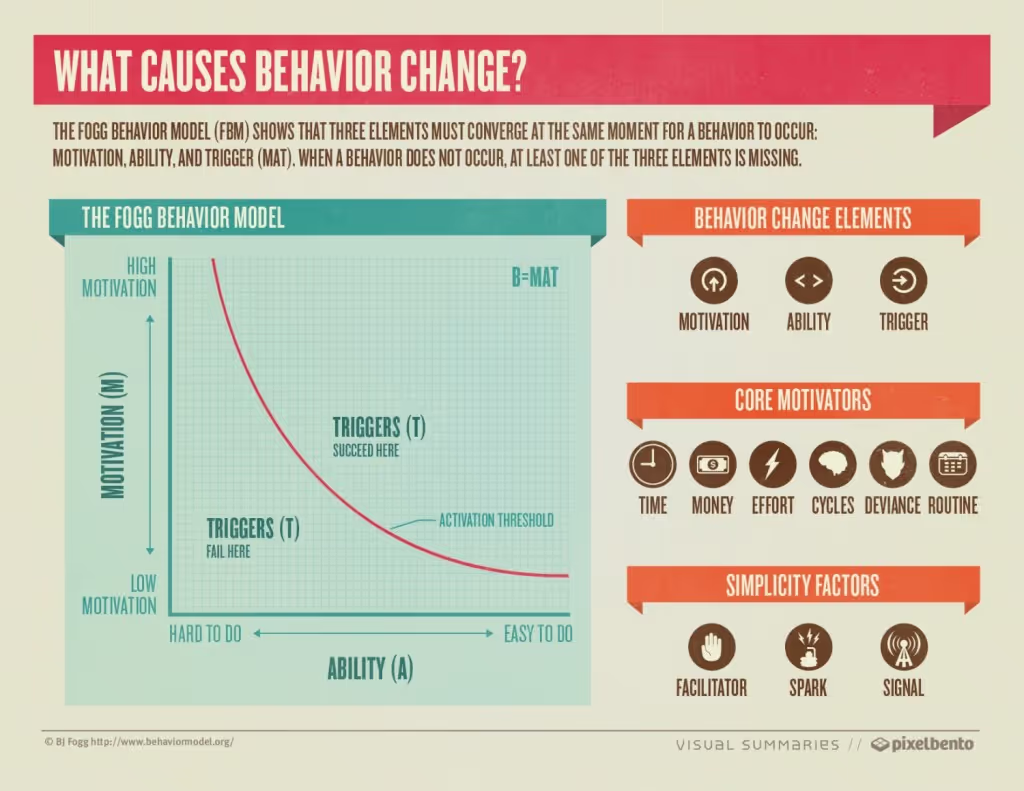
According to the above Fogg Behavior Model, to cement a behavior (B) or establish a routine, there has to be a Trigger (T) to activate the action, along with the Ability (A) and Motivation (M) to complete it. B= MAT.
Here’s how Game of War uses this formula to keep its users hooked:
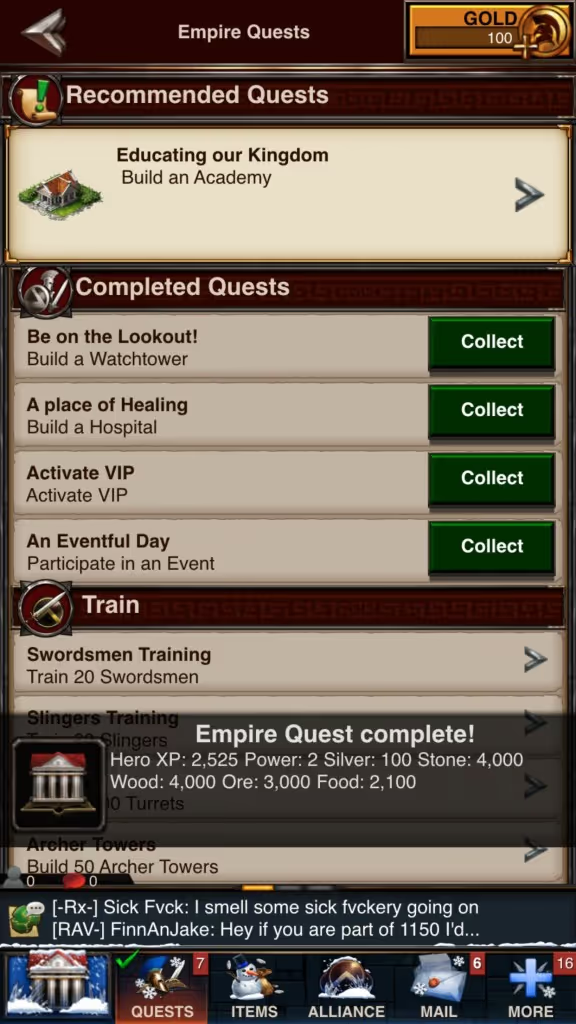
Game of War sends notifications at the same time every day, reminding users to complete their pending missions. It also unlocks new items every time a user resumes the gameplay, thereby providing the much needed ability (A) and motivation (M) to complete the action.
As you progress through the game and improve your skills/inventory, your ability to fight (A) and win games (M) increases exponentially, which means your response to attack (T) is now much more amplified.
Therefore, by putting together all three factors of Fogg Behavior Model – Motivation, Ability and Trigger, Game of War keeps millions of users hooked on their gaming platform.
Reward Consistency
In his book ‘The Power of Habit’, Charles Duhigg explains power of instant gratification in establishing a routine. Here’s how it works:
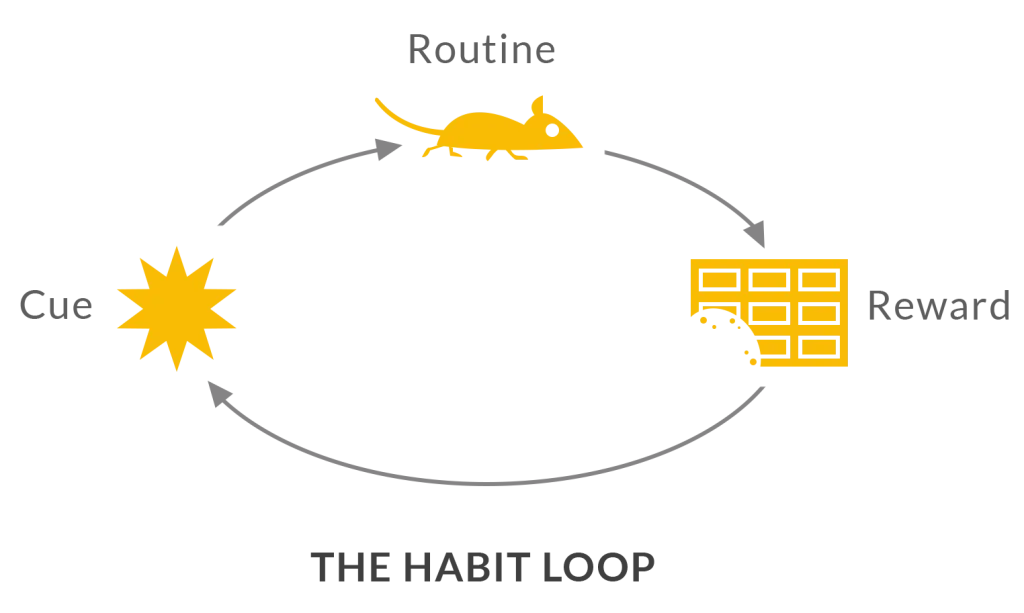
Basically, habits are formed when there’s a clearly defined cue or trigger attached (boredom or distraction) to every action, there’s a recurring routine (fighting wars, building a clan or swiping candies), and there’s a reward at the end for the action (stronger clan, more gems, unlocked levels, complimentary messages, etc).
Adhering to this principle, almost all the popular games have been designed to offer small rewards at the end of every action to ensure that users stick to their newly established routines.
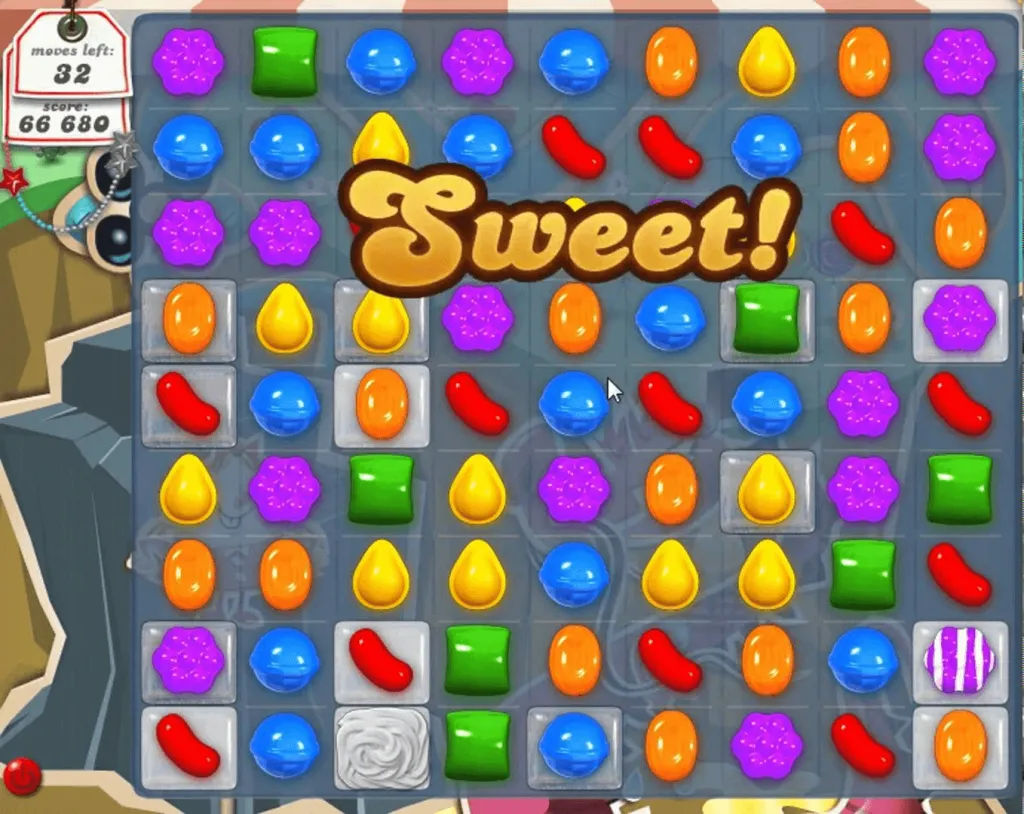
For instance, Candy Crush compliments users on their tactful moves with keywords like “Sweet!” or rating their performance with colorful stars. It also provides booster packs, also known as “Sugar drops”, on levels where five combos are made in a single move.
It’s a great way of complimenting the user for their actions and making him stick to the newly found routine. Without a tangible reward, users would no longer have the motivation (M) to respond to the trigger (T), and would thereby no longer feel the need to showcase their skills (A).
It’s also worth noting that these apps keep the rewards ‘byte-sized’, so that users don’t end up feel complacent and stop coming back. To prevent that, these games even have “freezing” periods, where users cannot earn/claim any more rewards.
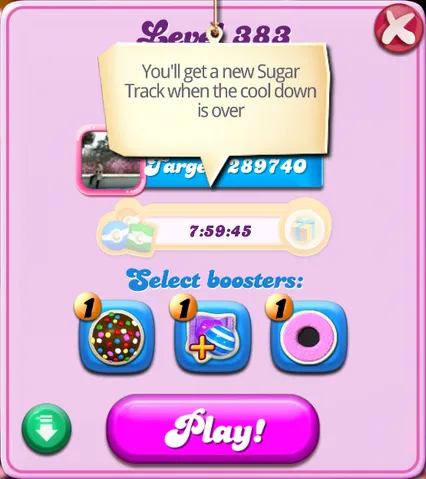
Don’t tempt with low-hanging fruit
There’s a common theme that connects the most popular games we’re talking about, be it– Candy Crush, Clash of Clans or Game of War.
“All of these games are easy to learn, but hard to master.”
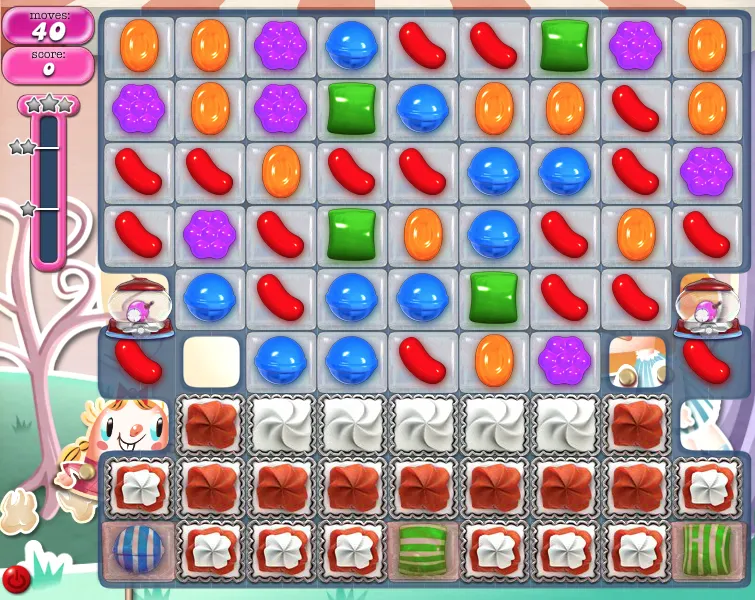
Candy Crush is a great example of this. While the game seems inherently simple, there are insanely hard levels in the game, but players seem to enjoy the challenge, because they know they can get through it. The fact that it’s doable makes them never give up.
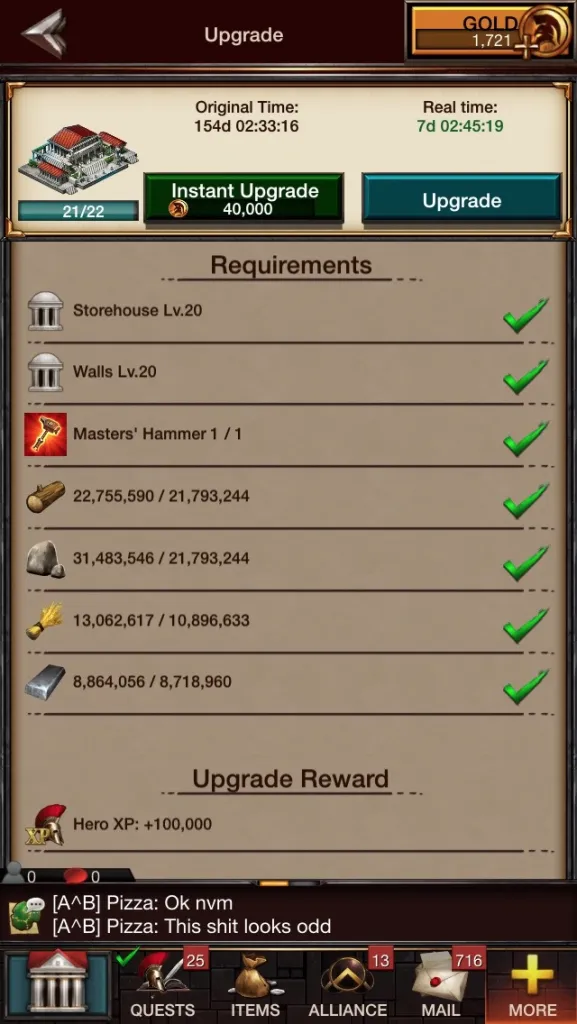
The same thing goes for Game of War. As you start building your empire, you’ll have to incorporate hefty upgrades, some of which will require too much time and effort. However, the fact that it’s so incredibly challenging, only tempts the users to push forward, because there’s a strong sense of accomplishment attached to it.
Provide social-proof
When people cannot validate their action by their own, they look at what other people are doing, in an attempt to reflect the correct behavior for a given situation. The concept is known as social proof, and it’s a powerful marketing tactic used by popular mobile games to gain more users.
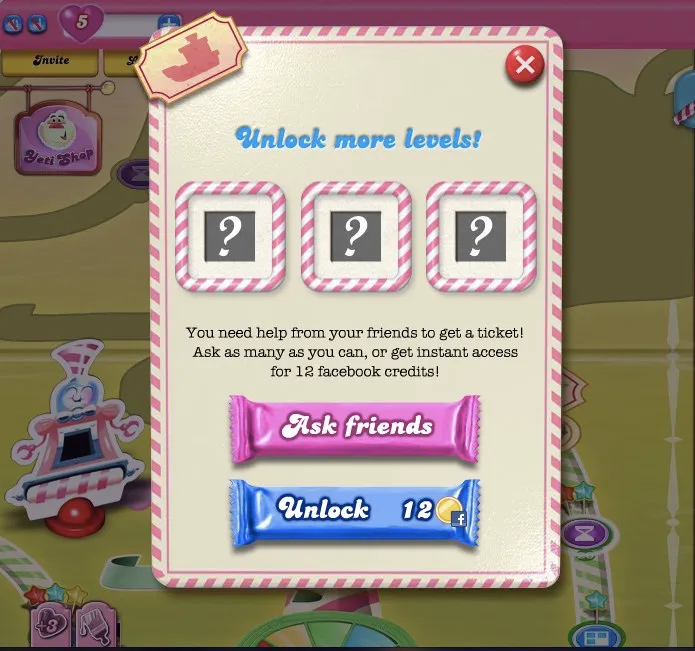
If there’s any app that has mastered this tactic, it has to be Candy Crush. The game first started out on Facebook. The game encouraged users to share their progress, compete with friends and help out friends with extra moves/lives. The result was that soon everyone started playing Candy Crush, and the game became instantly viral.
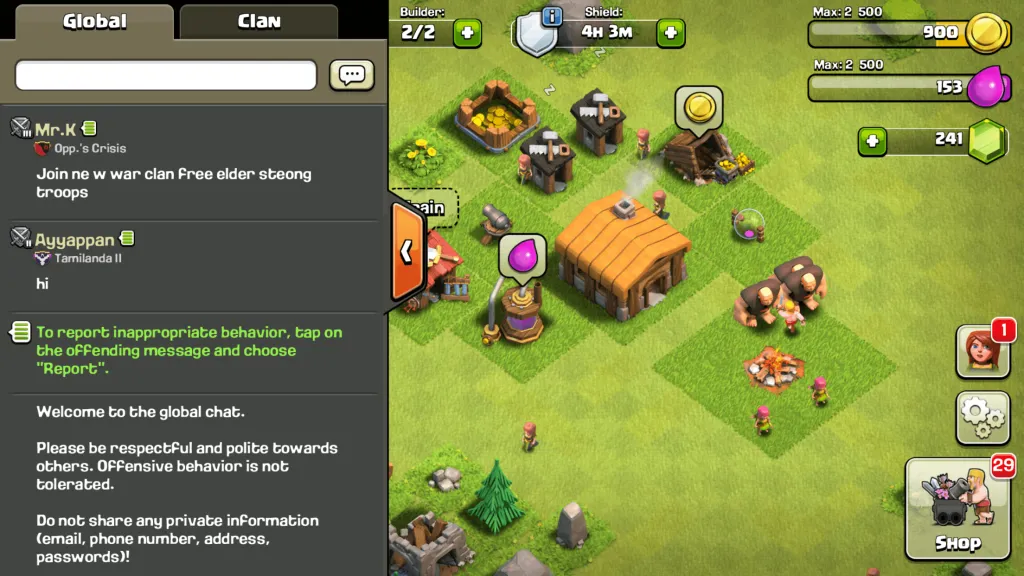
Even if you look at Clash of Clans, the biggest advantage it offers is its incredibly large global network of players. You can partner with other players to access weapons, build larger clans, and defeat enemies. Or if you’re bored waiting for an upgrade, you can just chat with thousands of players across the globe.
The concept of social proof is vital, since it helps users overcome their initial resistance towards your product. When they see that people around them are validating your product, they assume that you must be doing something right, and start paying closer attention to your propositions.
Make Users Invest
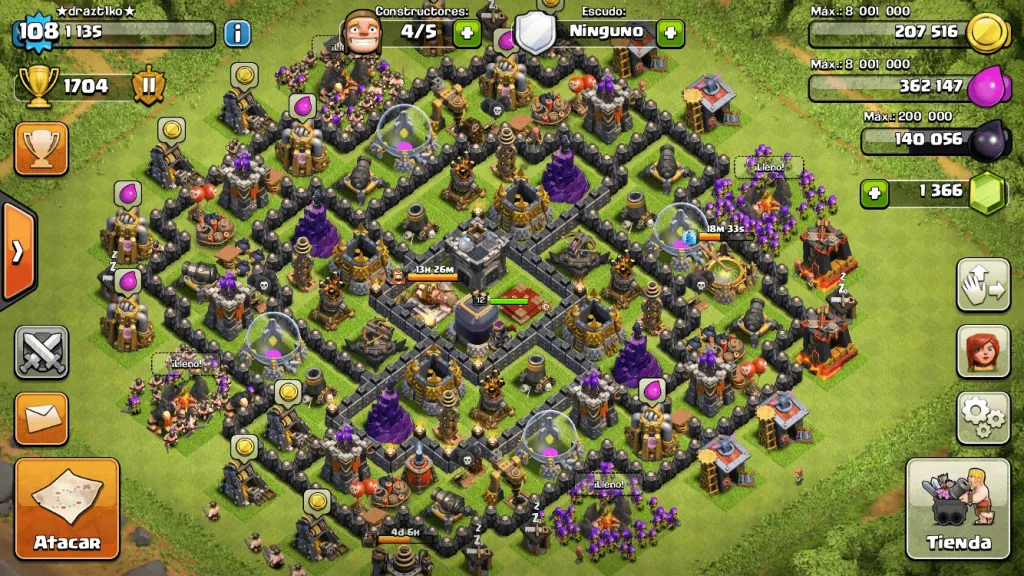
There’s a reason why people find it difficult to switch careers, shift to a different city or even move on from a breakup. It’s not because they don’t have a better alternative per se; it’s because they feel that they have invested too much in something to allow it to fail.
It’s the same reason that makes it difficult for users to quit strategy games like Clash of Clans or Game of War. Unlike traditional games, where you just pass through the designed levels, people spend a huge amount of time building inventories, training armies and strategizing.
The sense of belonging is strong, because users feel that they built or co-created things, and losing all the progress or giving up in the middle would be a terrible loss. It’s also known as the IKEA effect. Unlike instant gratification, the idea here is to let users reap long-term rewards for their actions by helping them co-create.
Once users have a strong realization that they’ve invested too much into an entity, they tend to look for consistency and negate the idea of shifting to a different platform, which is also how these billion dollar apps kill competition.
Wrapping Up
More companies are now using “habit-forming” techniques to transform user behavior and improve customer retention. Social systems are now being used for gaining deeper market penetration, while significantly reducing the customer acquisition cost. Effective onboarding techniques now play a pivotal role in increasing conversion and activation rates.
While it would still take some more time for these behavioral strategies to fully evolve, they offer a whole new paradigm to conventional mobile marketing. It would be interesting to see how these techniques shape trends and user behaviors in the long term, and the role they would play in designing billion dollar apps for the future.